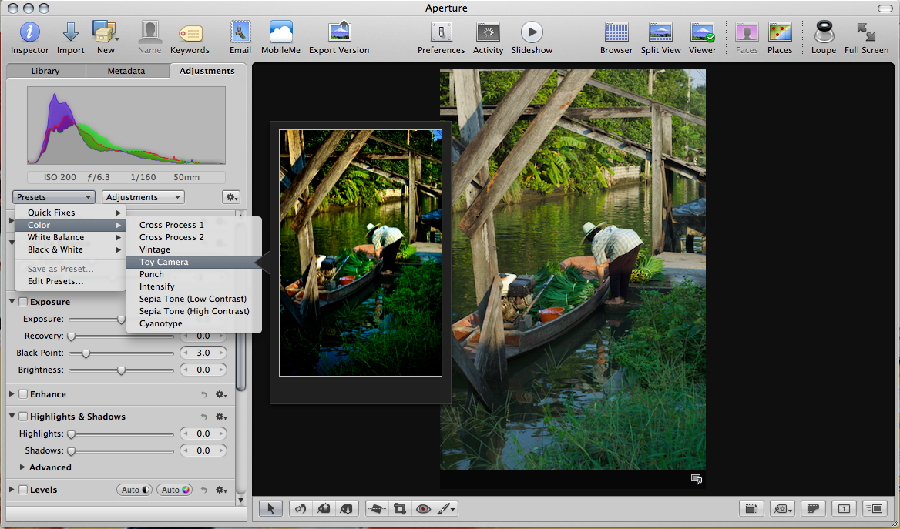

Single autofocus works by searching for focus and then, once it’s found it, staying locked great for landscapes but if you have a shallow depth of field and a moving subject you’re going to miss focus a lot.Ĭontinuous autofocus, on the other hand, constantly tracks your subject you might miss a few shots because your camera decides to focus on the background for a second, but it will be more reliable overall. Similarly, your camera will have three different autofocus modes: Single, Hybrid, and Continuous. With it, your camera handles the job of placing the single autofocus point. The only other autofocus option worth using with wide apertures is, if your camera supports it, eye detect autofocus.
#LOW APERTURE SOFTWARE HOW TO#
RELATED: How to Take Good Photos of the Starry Sky This means you need to get autofocus to work for you. You won’t be able to focus on the fly manually.
#LOW APERTURE SOFTWARE MANUAL#
With wide apertures, unless you’re using old gear designed for manual focus or locking your camera down on a tripod, you need to use autofocus. It’s a great tool, and I’d suggest you spend a few minutes plugging in the gear you normally use to see what depth of field you get. Note that for these calculations, I’ve been using DOFMaster’s online calculator.

Follow the advice in this article whenever you think it will help. On a 200mm lens f/5.6 is most certainly a wide aperture, but on a 17mm lens, it’s not. This is why what counts as a wide aperture gets narrower when it comes to telephoto lenses. If you swapped to a 35mm lens and stayed the same distance from your subject, at f/1.8 you’d have a depth of field of 54 centimeters and at f/16, you’d have a ridiculous 72 meters. You can focus on their outstretched arm and still probably get a good photo.Īperture is only one of the factors that affect depth of field. This is a much much easier target to hit. This time, you’ve got a range of acceptable focus of 82 centimeters, 35 centimeters in front of the focal point and 48 centimeters behind. You can see that in the shot below: the subject’s hands are in focus, but they’re far enough in front of his face that his eyes aren’t. This means that if you focus on the subjects’ hand six centimeters of their face, their face is going to look blurry in the final image.

At f/1.8, the in-focus depth of field is just nine centimeters, four centimeters in front of the focal point and five behind it.
#LOW APERTURE SOFTWARE FULL#
Imagine you’re using an 85mm lens on a full frame camera with your subject 2.5 meters away. The difference is that the depth of field-or in focus terms, the range of acceptable sharpness-is much larger at f/16. Whether you’re using f/1.8 or f/16, the lens will still be focussed on the same point: the model. When we talk about focus what we’re talking about is sharpness. RELATED: How to Manipulate Depth of Field to Take Better Photos Here’s how to get the best results when focusing with wide aperture lenses. When you start using wide apertures like f/2.8, f/1.8, or even f/1.2, however, you’ll start to miss focus a lot more. Focusing is easy when you’re using an aperture of f/8 or narrower: most things in the scene will be pretty much in focus.


 0 kommentar(er)
0 kommentar(er)
